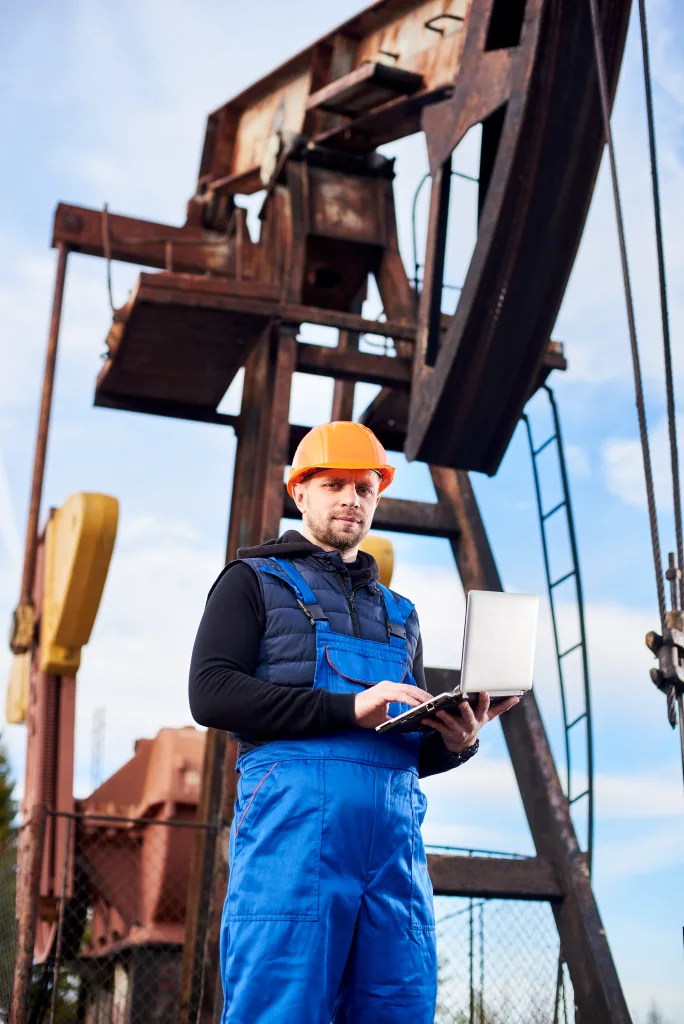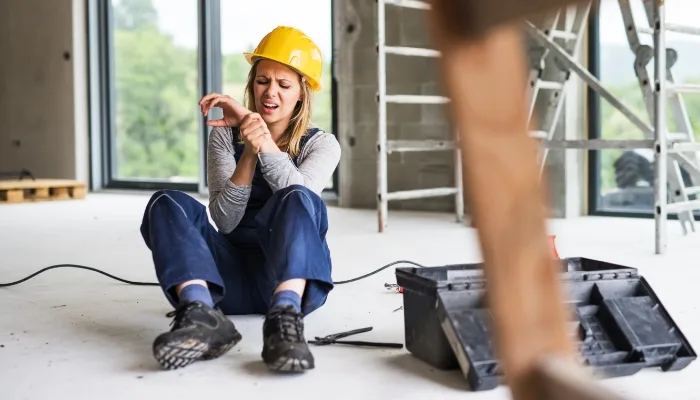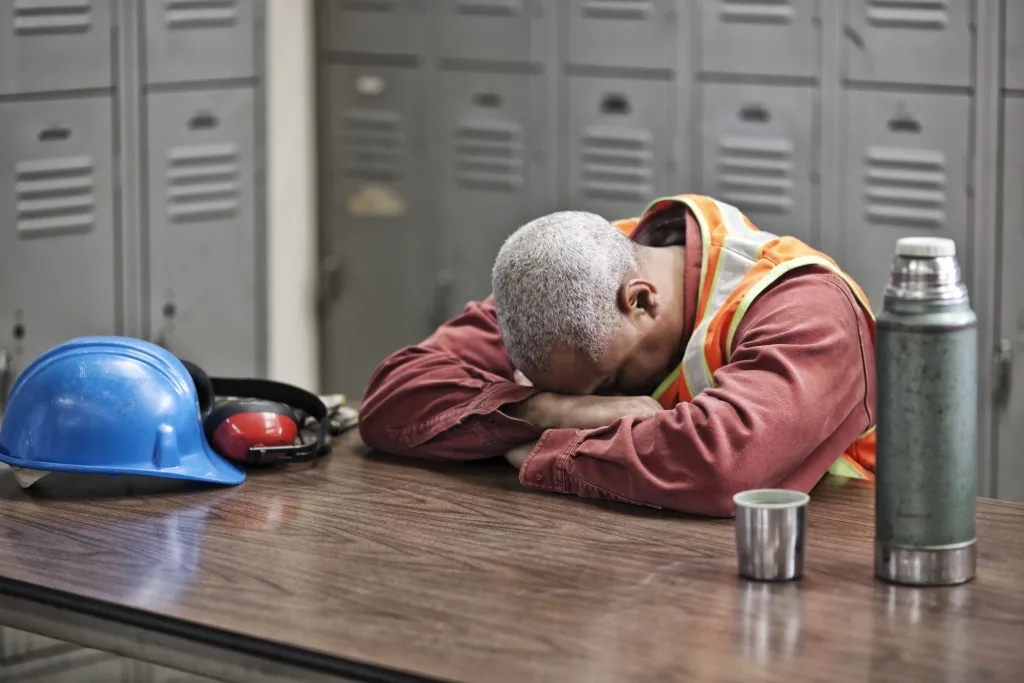Lone Working in the UK: What You Need to Know
Lone working is a routine part of life across many UK industries, from retail and healthcare to construction and facilities management. But working alone brings specific risks and legal responsibilities that can’t be ignored.
Whether you’re an employer responsible for protecting your staff, or a lone worker looking to understand your rights, this page gives you everything you need to know.
We cover the key risks of lone working, outline your legal duties under UK health and safety law, and explain how to implement effective safety measures.
You’ll also discover how Almas Industries can support your business with expert advice, robust Lone Worker Devices, and tailored safety solutions, helping you protect your people and meet your duty of care with confidence.
What is Lone Working?
Lone working refers to any situation where an employee carries out their duties without direct supervision or close contact with colleagues. This could include working from home, travelling between sites, or operating in remote or high-risk locations.
In the UK, lone workers face a range of challenges, from feeling isolated to having limited access to immediate help in an emergency. That’s why it’s essential for employers to carry out thorough risk assessments and put clear communication systems and personal safety measures in place.
Providing the right support and Lone Worker Devices not only helps protect your team—it also shows a genuine commitment to their wellbeing.
Who are Lone Workers?
Lone workers are employees who perform their duties without direct supervision or immediate contact with colleagues. In the UK, this can include:
- Healthcare professionals visiting patients at home (e.g. community nurses, carers, social workers)
- Construction workers operating on remote sites or in small teams
- Farmers working alone on agricultural land
- Retail staff opening or closing shops by themselves
- Delivery drivers, couriers, and service engineers travelling between locations
- Office staff working outside regular hours or in quiet buildings
- Security personnel guarding premises solo
These individuals often work independently in unpredictable environments, where access to help in an emergency may be delayed.
Protecting lone workers means putting tailored safety measures in place, such as regular check-ins, real-time monitoring, and discreet Lone Worker Devices, to ensure they’re never truly alone, even when working solo.

Why is Lone Working Safety Important?
When employees work alone, the risks are greater, and so is your responsibility. Protect your team with trusted Lone Worker Safety solutions that offer peace of mind and a rapid response in emergencies.
UK health and safety legislation requires employers to identify and manage the risks of lone working. A thorough risk assessment isn’t just a formality—it’s a vital part of meeting your legal duty of care and keeping your people safe.
> Discover how our Lone Worker Devices support safety and compliance
What is Lone Worker Legislation?
Lone working is not illegal in the UK, but it is subject to clear legal responsibilities under the Health and Safety at Work etc. Act 1974 and the Management of Health and Safety at Work Regulations 1999.
These regulations require employers to assess the risks of lone working, put appropriate control measures in place, provide suitable training, and ensure that lone workers have a reliable way to call for help in an emergency.
The safety of lone workers must be treated with the same level of importance as any other employee, taking into account the additional risks that come with working alone, such as isolation, lack of immediate assistance, and increased exposure to threats.
To stay compliant, businesses must have robust monitoring systems, clear communication protocols, and effective emergency response plans.
What are the risks for Lone Workers?
Lone workers face unique risks due to the absence of direct supervision or nearby colleagues. In Ireland, these risks vary by role, location, and industry, but commonly include:
- Personal Safety & Violence – especially in public-facing roles or during late shifts.
- Accidents & Injuries – no immediate help can lead to more serious outcomes.
- Health & Medical Emergencies – delayed response time increases risk.
- Isolation & Mental Health – working alone can impact emotional well-being.
- Fatigue & Overwork – no one to encourage breaks or manage workloads.
- Communication Breakdown – poor signal or lack of devices can cut off lone workers from help.
These risks highlight the need for robust safety protocols, effective training, and strong support systems to protect lone workers. The first step to protecting your lone workers is identifying the specific risks they face in their role.

How can you keep Lone Workers safe?
To keep lone workers safe, employers must carry out tailored risk assessments and put appropriate safety measures in place. This includes providing training on emergency procedures, ensuring access to personal safety devices like GPS trackers or panic alarms, and establishing regular communication through check-ins or safety apps. Lone workers should always know how to get help if something goes wrong.
Ongoing support is just as important. Promoting mental well-being, preventing isolation, and regularly reviewing safety protocols all help to create a safer working environment. Employers must take both physical and psychological risks seriously to protect their team.
When is Lone Working not ok?
Lone working is not suitable for high-risk tasks such as operating dangerous machinery, working at heights, handling hazardous chemicals, or performing electrical work, these situations require another person present to respond in an emergency. It’s also unsafe for individuals with certain medical conditions who may need urgent assistance if something goes wrong.
Environments that are unfamiliar, isolated, or lack reliable communication, like construction sites, poorly lit areas, or locations with weak signal, can make lone working especially dangerous. Roles with a high risk of aggression or unpredictability, such as security, healthcare visits, or late-night retail, often require additional support or safety measures.

What is Lone Worker Monitoring?
Lone worker monitoring is the process of keeping track of employees who work alone to ensure their safety and well-being throughout their shift. It involves using tools and systems, such as GPS-enabled devices, safety apps, or check-in procedures, that allow employers to know where their workers are and whether they need help. In the event of an emergency, monitoring systems can automatically raise an alarm or allow the worker to call for assistance.
This monitoring is not about surveillance, it’s about enabling a rapid response if something goes wrong. It’s especially important for roles where risks are higher, such as remote locations, hazardous environments, or working with the public. Monitoring gives both the employer and the lone worker peace of mind that help is available when it’s needed most.
Working in Hazardous Zones? Here’s What You Need to Know About ATEX and Lone Worker Safety
Explosive atmospheres aren’t just the stuff of action films, they’re a very real risk in industries across the UK. Whether it’s a chemical plant, grain silo, or fuel depot, one small spark could have devastating consequences.
That’s why understanding ATEX regulations and choosing the right certified safety equipment is essential, especially for lone workers operating in high-risk zones.
Find out what ATEX really means, how zones are classified, and why your choice of device could make all the difference.
> Understanding ATEX – Protecting Workers in Explosive Atmospheres
We're Serious About Lone Worker Safety
Our goal is to understand your lone workers unique needs and deliver bespoke solutions that are effective and keep you compliant with Health and Safety legislation.
Protect Your Lone Workers Now
Get advice on the solution that aligns with your operational structure, geographical spread of lone workers, and your operational hours.

Contact us today to work with a leader in UK Lone Worker Protection.


